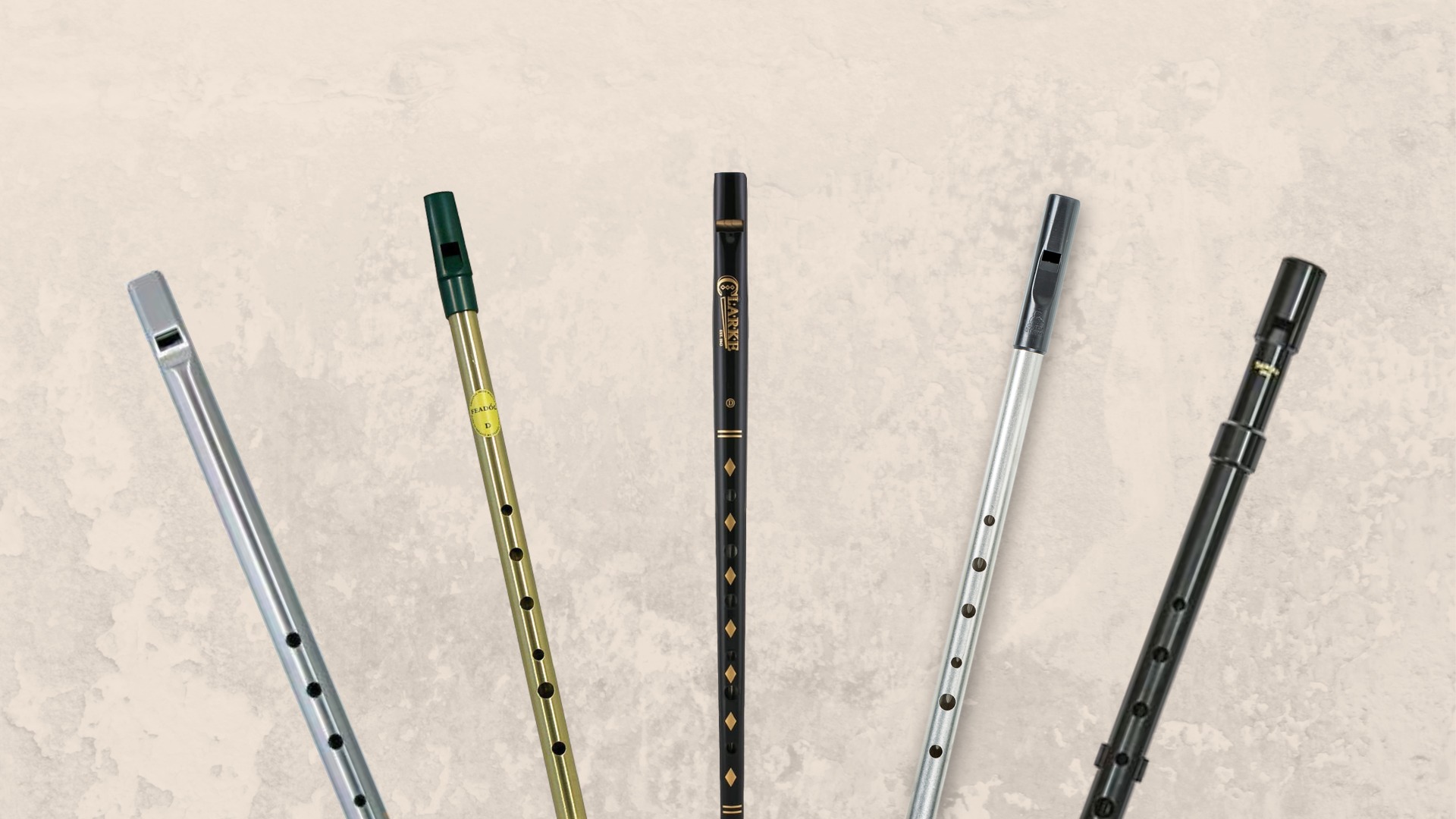
Chiff and fipple tin whistle not used in irish music how to#
In order to achieve this great low D we’ve sacrificed the tuning on the C# somewhat but don’t worry, read on! How to Compensate for Flat Tuning on an Irish Flute McNeela Irish flutesare designed and built to produce a powerful and pitch perfect low D, a hugely important note in the traditional Irish music realm as the majority of traditional Irish tunes are played in the key of D. Some players may notice that going from the C# to the D is off key somewhat and other players may notice general flatness or sharpness in the notes, or specific notes, more particularly the foot notes, will sound slightly off key. The large tone holes and embouchure present an added problem for players and can often upset the sensitive ears of the modern musician. This flute has variable tuning and is not tuned to equal temperament. So you have a flute based on a pre Boehm design which demands that the player adjust to it rather than the other way around. It was thus a playing style known as the Irish flute style was born. This concurrent flute subculture eventually hit Irish shores where the simple system flute enjoyed a continuous stream of popularity due to its cheap price. It’s worth noting that once the modern and more player friendly Boehm flute was introduced in the mid 1800s the simple system flutes of yore began to be abandoned and ended up in second hand shops where they made their hands into the poorer musical population. The larger tone holes and the larger embouchure suited the man himself but can, and have, presented problems to the modern player. Robert Sidney Pratten, a larger than life figure, designed a flute to fit his own style of playing and to produce a big sound – the result was a large conical bore flute with a larger than standard embouchure, large tone holes and a fair amount of heft. The McNeela range of Irish wooden flutes is based on the Pratten Perfected flute model from the mid 1850s. The tuning slide is standard on all good makes of Irish flute. Extending the tuning slide flattens the pitch of the note and closing it sharpens the pitch of the note. To this end, most Irish flutes come with a tuning slide to aid the player in adjusting to the correct pitch for the playing environment.

‘A flute is deliberately given variable normal tuning so that it can respond to changes of pitch in other fixed-pitch instruments for which tuning is not practicable (pianos, accordions, concertina, pipes)’ – Fintan Vallely When it comes to tuning on the ‘modern’ Irish flute it is most important to bear in mind that these flutes are based on the simple system conical bore flutes of the early and mid 1800s and predate the modern Boehm flute. Variable Tuning on the Irish Wooden Flute


 0 kommentar(er)
0 kommentar(er)
